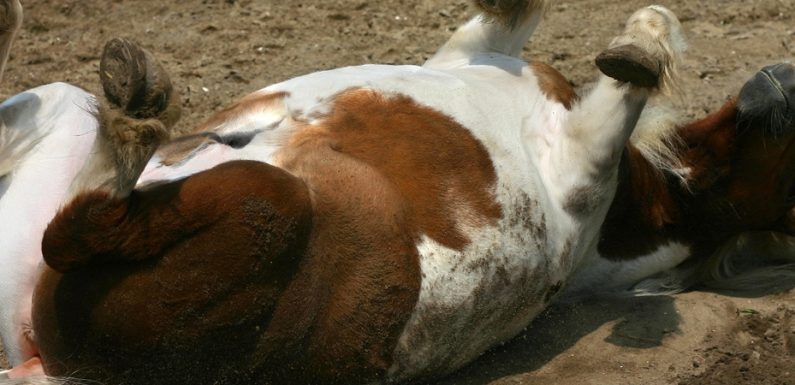
Homozygous, along with her friend heterozygous, are (as far as I can tell) jargon developed purely with the aim of making genetics seem hard.
Let explain what homozygous means for mammals – that includes us and all our hairy companions.
Homozygous: both copies of a particular gene are the same as one another.
Heterozygous: the two copies of a particular gene are different.
Homozygous and heterozygous are both adjectives, like “pint-sized”.
Let’s take grey gene in horses as an example. The grey gene comes in two versions: 1) normal, and 2) grey. Your horse inherits one version of the grey gene from each of its parents.
Non-grey horses have two copies of the normal version of they grey gene, and no copies of the grey version. These horses (non-grey horses) are “homozygous” for the normal version of the grey gene.
Most grey horses have one copy of the normal version, and one copy of the grey version. These horses are “heterozygous grey”.
Some grey horses are “homozygous grey”. This means that they have two copies of the grey version of the grey gene. These horses usually go grey earlier than heterozygous greys, and generally end up pure white rather than flea-bitten grey. They also usually develop melanomas earlier than heterozygous greys.
At Practical Horse Genetics, we try to avoid using “homozygous” and “heterozygous” in our result summaries. We say things like “Positive for grey, one copy”, or “Positive for grey, two copies”. It’s equally accurate and way easier to understand.
Finally, if a horse is “homozygous” for one gene that doesn’t mean it’s homozygous for other genes!
To test your horse for colour and genetic traits head over to our Practical Horse Genetics Lab site http://practicalhorsegenetics.com.au/